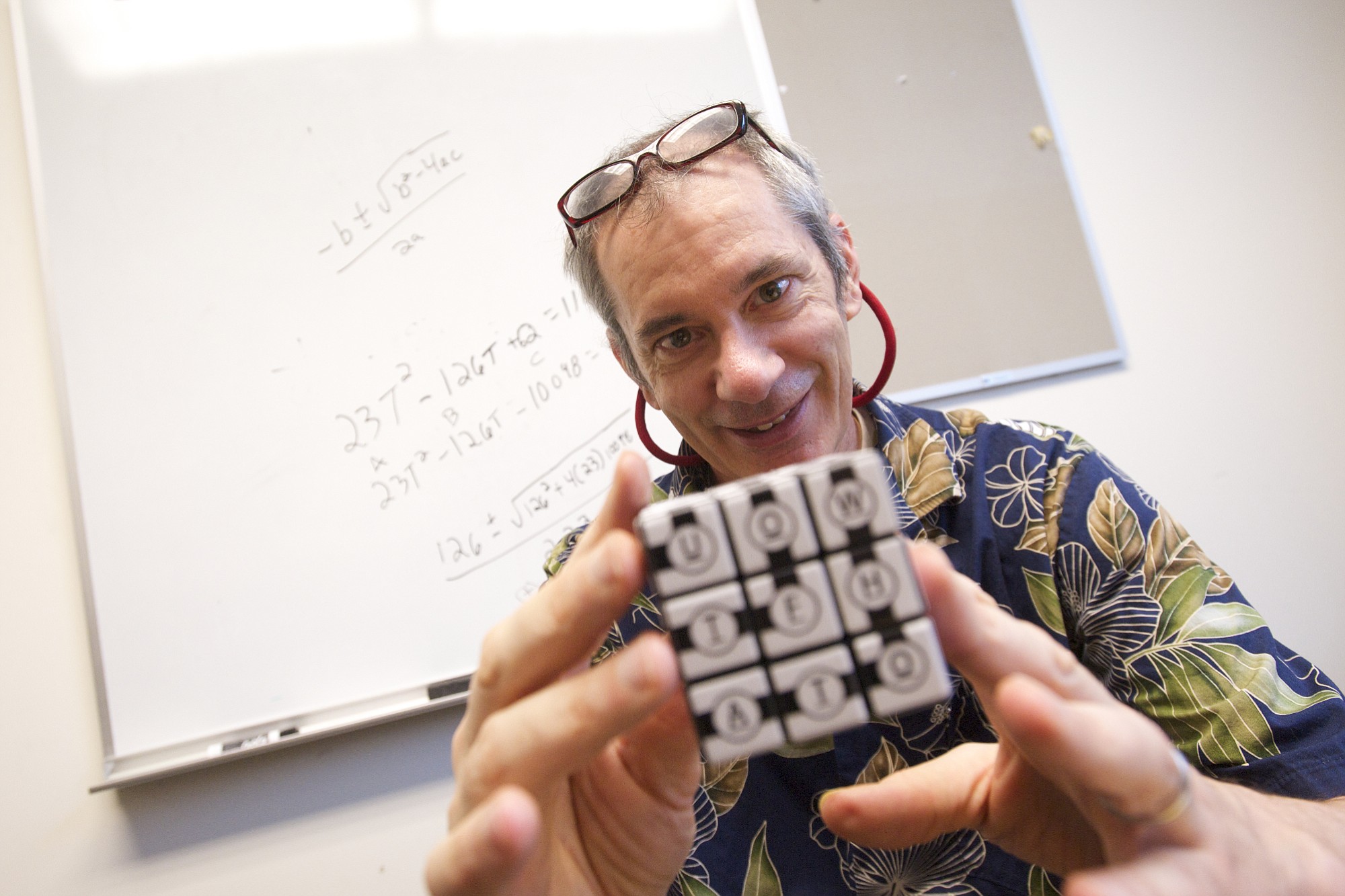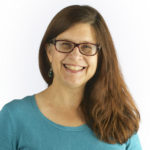MIT Mystery Hunt
National Puzzlers League
By day, Thomas Gazzola is a mild-mannered math instructor at Washington State University Vancouver. But when he leaves campus, he morphs into his alter ego: Game Master.
“My family loves games,” Gazzola said. “I’m the game master of the family.”
Recently, Gazzola and his team of 40 puzzle solvers from around the nation converged at the Massachusetts Institute of Technology campus in Cambridge to compete in the MIT Mystery Hunt, one of the world’s oldest and most complex puzzle hunts.
The challenge? Work around the clock over three days to be the first team to solve 180 puzzles — including anagrams, crosswords, cryptograms, scavenger hunts and multimedia puzzles. About 1,000 people competed for the prize, but Gazzola’s team won.
“Solving puzzles with a group of people is for me sheer delight because you marvel at the creators, but also those you’re solving it with,” Gazzola said.
The only advance clue was a letter signed by Dr. N. Could it be Dr. No, signifying a James Bond theme?
The challenge began at noon Friday, Jan. 16, when the theme, “20,000 Puzzles Under the Sea,” was unveiled to the 57 teams gathered in an MIT lecture hall. They were greeted by a Dr. Nautilus, the anticipated “Dr. N.,” who was accompanied by a costumed puzzler portraying Jules Verne, the 19th-century French author of “20,000 Leagues Under the Sea.”
As part of the challenge, each team was given a padlocked treasure chest containing puzzles. None of Gazzola’s team members had lock-picking skills, but they did have a screwdriver, so they removed the hinges to open their box. Inside, they found a modified Rubik’s cube with letters, a piece of fabric, a jigsaw puzzle, playing cards and a section of basketball net with bits of red cord tied to it at intervals.
“Most things come with a twist. It’s a Rubik’s cube, but it’s not,” Gazzola said. “You think you’re doing one thing and then realize, ‘Wait a second! I’ve got to turn it on its ear!’ “
A team member manipulated the Rubik’s cube so that the lines between cubes connected. The letters spelled out the clue: “surname of the teacher who taught Harry Potter transfiguration.” Answer: McGonagall.
The basketball net proved challenging.
A team member almost immediately identified the knotted cords tied to a bit of basketball net as quipa, a numbering system created by the Incas. But what numbers did the knots represent? No one knew.
Finally, a team member who is a current MIT student and familiar with the campus turned the net one way and then another. “This looks like a map of campus,” he said.
It was. The placement of the knotted cords corresponded to an address on campus. And off they ran to find the next clue.
Teamwork
Gazzola’s team is named “Luck, I Am Your Father,” which is word play based on a line from the film “Star Wars: The Empire Strikes Back.”
Team members hail from all over the country. None of the others are from Vancouver. They range in age from their 20s, to their 50s. At 55, Gazzola is the oldest. They are students, teachers, lawyers, computer technicians and business people.
“The team is loaded with people with rare gifts. Brilliant in various aspects,” Gazzola said. “Not all are mathematical. Some are word puzzle people.”
With 40 team members, Gazzola’s team was not the largest. The last two years, the winning teams had 100 players.
“By and large, puzzles get solved by sharing ideas and bouncing things off each other,” he said.
Among Gazzola’s contributions was helping to solve a meta puzzle that contained multiple word puzzles. First, they solved puzzles that gave them these words: star, pine, game, gopher and more.
Those words connected to another puzzle, a series of partially completed hangman games. Gazzola surmised that the blanks in the hangman game could be filled in to show the next stage of the entities. Thus, the hangman game with the _ _ A _ _ _ _ _ _ could stand for “black hole,” the after stage of a star. “Pine” could have provided the last letter in _ _ _ _ P and the rest became “stump.” The word “gopher” tied to the R O _ _ _ _ _ _ for “roadkill.”
Sometime early Sunday morning, the teams began cracking the final, frenzied round of puzzles called the Run-Around. Gazzola’s team faced solving an enormous 30-foot-by-5-foot word search puzzle. All but one of the words were the answers found earlier in the hunt.
Racing to the very end, Gazzola’s team finished the final puzzle only 15 seconds ahead of the second-place team. In all, the hunt took almost 41 hours.
Some team members went without sleep as they solved the puzzles. Gazzola managed a six-hour nap, because he had taken a red-eye flight Thursday night to reach Cambridge in time for the start of the challenge Friday.
The prize found by Gazzola’s team at the end of the puzzle trail: a gold-colored coin with the image of a submarine with Roman numerals and the Latin words “Aenigmata sub mari.” Translated, it is “20,000 Puzzles Under the Sea.”
Although it was only the second time Gazzola had competed in the MIT Mystery Hunt, he’s a 10-year member of the National Puzzlers League, resurrected in the 1980s by Will Shortz, the crossword puzzle editor for The New York Times. Gazzola attends the annual National Puzzlers League convention, which is in a different city each year.
Gazzola, who had taught elementary, middle and high school, was preparing to retire when he was offered a job teaching math at WSU Vancouver.
“One of the treats of math is that people don’t expect it to be fun,” he said.
“Teaching is a monstrously challenging puzzle,” Gazzola said. “I have 31 people in my calculus class. There are 31 ways of thinking in there. How can I reach them? Striking that balance, reading the crowd is a puzzle.”
As winners of this year’s MIT Mystery Hunt, Gazzola’s team is charged with choosing the theme and creating all the puzzles for next year’s challenge. They’re already brainstorming ideas.
“You can create puzzles out of just about anything,” Gazzola said. “I turn most things into puzzles or games. My goal in life is to have fun.”




